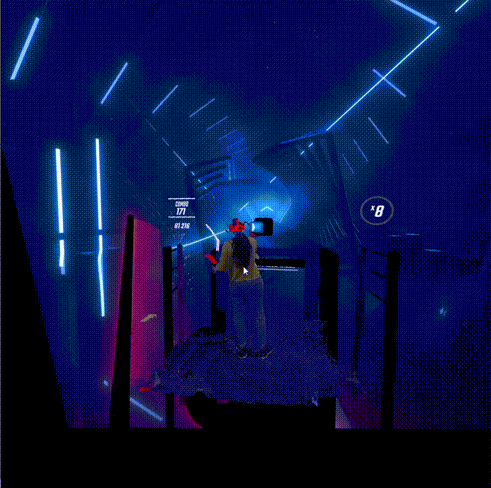DreamStream
Immersive and Interactive spectating in VR
Project video
Talk video at CHI 2022
Abstract: Today spectating and streaming virtual reality (VR) activities typically involves spectators viewing a 2D stream of the VR user’s view. Streaming 2D videos of the game play is popular and well-supported by platforms such as Twitch. However, the generic streaming of full 3D representations is less explored. Thus, while the VR player’s experience may be fully immersive, spectators are limited to 2D videos. This asymmetry lessens the overall experience for spectators, who themselves may be eager to spectate in VR. DreamStream puts viewers in the virtual environment of the VR application, allowing them to look “over the shoulder” of the VR player. Spectators can view streamed VR content immersively in 3D, independently explore the VR scene beyond what the VR player sees and ultimately cohabit the virtual environment alongside the VR player. For the VR player, DreamStream provides a spatial awareness of all their spectators. DreamStream retrofits and works with existing VR applications. We discuss the design and implementation of DreamStream, and carry out three qualitative informal evaluations. These evaluations shed light on the strengths and weakness of using DreamStream for the purpose of interactive spectating. Our participants found that DreamStream’s VR viewer interface offered increased immersion, and made it easier to communicate and interact with the VR player.
